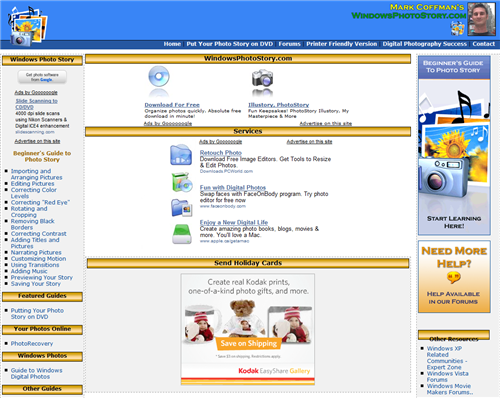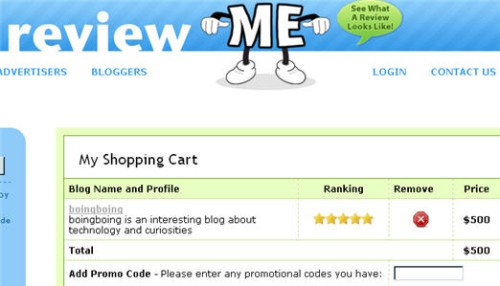One of my long-standing frustrations in the realm of geekdom is when I run into software developers who, when faced with a problem with their software, point the finger at another company or application and expect someone else to fix the broken experience for their customer. A year ago this month I ran into a repeat problem with FTP Voyager, a product I had been using for years – I’d upgraded faithfully year after year. In other words, I was a long-time customer of theirs with an investment in their product. Here’s the email I sent (remember this is March 2006):
“I reported a bug a few months ago where FTP Voyager uses up 99% of the CPU and it turned out to be caused by the Windows XP SP2 Firewall being turned on. I just installed FTP Voyager on a brand new PC (my old one died) and did an upload, and again I was smacked with the 99% CPU use bug because I had forgotten to turn off the XP Firewall. I’m surprised this bug hasn’t been fixed yet, because asking your users to deactivate security measures just to be compatible with FTP Voyager seems silly, it not downright irresponsible. When is this bug going to be fixed?”
My basic point was that their product was incompatible with the default configuration of a Windows XP SP2 machine. It seemed pretty cut and dry to me: they needed to fix their product. The response I received from one Louis C. Branch of Rhinosoft had a very different line of thinking:
“I don’t consider the XP firewall to be a security measure. It is not a particularly effective firewall and does not respond to configuration as it should. This is not a bug in FTP Voyager, but a bug in the XP firewall implementation. I recommend using the Kerio or Zone Alarm firewalls if you feel the need to put a software firewall in place on an XP box. Please let me know if there’s anything I can do for you.”
There are a lot of ways Rhinosoft could have approached this problem – having a user prompt upon install that suggested de-activation of the Firewall, or them actually coding their product to work with the XP Firewall (like every other FTP program seems to be able to do). Instead, they pointed the finger at Microsoft and the XP Firewall and expected the customer to deactivate a security feature of their operating system – sure, it might not be as effective as a dedicated product such as Zone Alarm, but it’s better than nothing. And if I did de-activate it, I’d have to remember to turn it on when connecting to WiFi access points on my laptop every time.
This was the last straw for me (I should have seen the writing on the wall when I had to convince them that multi-threaded upload/download was useful) and I switched to using SmartFTP – a program that, interestingly enough, requires no firewall configuration. Go figure.


